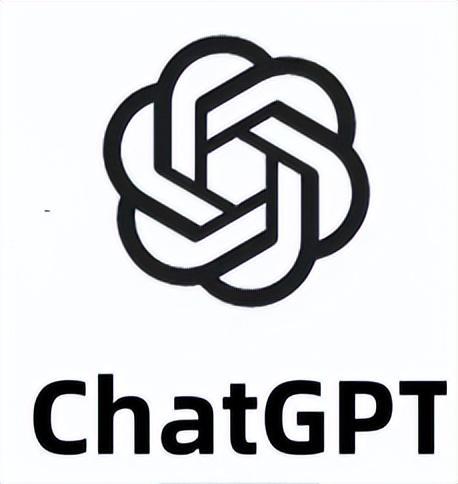Compare
Overview
ChatGPT vs Claude for weight Comparison in different aspects of AI services with data mining from genuine user reviews & ratings, including: ALL,Interesting,Helpfulness,Correctness. AI store is a platform of genuine user reviews,rating and AI generated contents, covering a wide range of categories including AI Image Generators, AI Chatbot & Assistant, AI Productivity Tool, AI Video Generator, AI in Healthcare, AI in Education, AI in Lifestyle, AI in Finance, AI in Business, AI in Law, AI in Travel, AI in News, AI in Entertainment, AI for Kids, AI for Elderly, AI Search Engine, AI Quadruped Robot.
Reviews Comparison
Recommended Tags
-
Michael Johnson 2024-06-24 17:53I tried to ask ChatGPT "How can I manage arthritis pain?". And it give me 10 tips on how to deal with arthritis pain. Some of them seem reasonable, such as medications of NSAIDs(ibuprofen or naproxen), Joint protection, etc. And the remaining are just too general and not helpful, such as weight management, stress management, etc. It will be much better if ChatGPT can provide some external links to trustworthy information sources. And I will are interested in some further research.


-
wilsonz1989 2024-09-03 18:06I've tested the AI model implementation ability of multiple AI Code Generators. And for this prompt "Self Attention Layer in Transformer", Claude provides the best overall response. The pytorch implementation of Transformer model's self attention layer is correct. And the detailed explanation is really helpful. For example, it introduce the breakdown of the python code, including the "__init__" method, the forward method, the input tensor, the attention energy function, etc. And I will also attach the detailed text response here: """ Claude Sonnet 3.5 Here's a breakdown of how this code works: The __init__ method initializes the linear layers for the value, key, and query projections, as well as the final linear layer that combines the multi-head outputs. The forward method takes in the values, keys, query, and an optional mask tensor. The input tensors are reshaped to have a separate dimension for the number of heads, so that we can perform multi-head attention in parallel. The value, key, and query tensors are projected using the respective linear layers. The attention energy is computed using the einsum operation, which performs the scaled dot-product attention operation across all heads in parallel. If a mask tensor is provided, the attention energies corresponding to the masked positions are set to a very large negative value, so that they get zeroed out after applying the softmax. The attention probabilities are computed by applying softmax to the attention energies. The values are weighted by the attention probabilities using another einsum operation, and the results are concatenated across the head dimension. Finally, the concatenated tensor is projected using the final linear layer to obtain the output of the self-attention layer. You can use this SelfAttention module as a part of your Transformer architecture by applying it to the input embeddings and optionally using the output as the input to the feed-forward network. """



-
Community
-
Please leave your thoughts on the best and coolest AI Generated Images.
-
Please leave your thoughts on free alternatives to Midjourney Stable Diffusion and other AI Image Generators.
-
Please leave your thoughs on the most scary or creepiest AI Generated Images.
-
We are witnessing great success in recent development of generative Artificial Intelligence in many fields, such as AI assistant, Chatbot, AI Writer. Among all the AI native products, AI Search Engine such as Perplexity, Gemini and SearchGPT are most attrative to website owners, bloggers and web content publishers. AI Search Engine is a new tool to provide answers directly to users' questions (queries). In this blog, we will give some brief introduction to basic concepts of AI Search Engine, including Large Language Models (LLM), Retrieval-Augmented Generation(RAG), Citations and Sources. Then we will highlight some majors differences between traditional Search Engine Optimization (SEO) and Generative Engine Optimization(GEO). And then we will cover some latest research and strategies to help website owners or content publishers to better optimize their content in Generative AI Search Engines.
-
We are seeing more applications of robotaxi and self-driving vehicles worldwide. Many large companies such as Waymo, Tesla and Baidu are accelerating their speed of robotaxi deployment in multiple cities. Some human drivers especially cab drivers worry that they will lose their jobs due to AI. They argue that the lower operating cost and AI can work technically 24 hours a day without any rest like human will have more competing advantage than humans. What do you think?
-
Please leave your thoughts on whether human artists will be replaced by AI Image Generator. Some similar posts on other platforms including quora and reddit. Is art even worth making anymore, Will AI art eventually permanently replace human artists, Do you think AI will ever replace artists, Do people really think that replacing artists with ai is a good idea


Reply